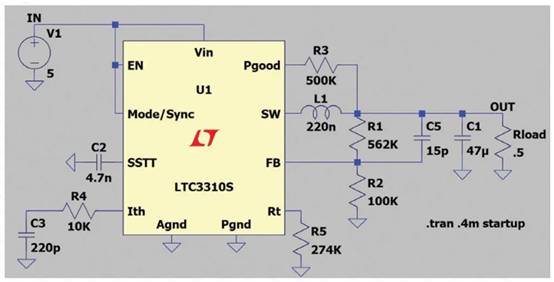main.c下时刻初始化代码,能够领会到位运算的精简
#define CMOS_READ(addr) ({ /
outb_p(0x80|addr,0x70); /
inb_p(0x71); /
})
#define BCD_TO_BIN(val) ((val)=((val)&15) + ((val)>>4)*10)
static void TIme_init(void)
{
struct tm TIme;
do {
TIme.tm_sec = CMOS_READ(0);
TIme.tm_min = CMOS_READ(2);
time.tm_hour = CMOS_READ(4);
time.tm_mday = CMOS_READ(7);
time.tm_mon = CMOS_READ(8);
time.tm_year = CMOS_READ(9);
} while (time.tm_sec != CMOS_READ(0));
BCD_TO_BIN(time.tm_sec);
BCD_TO_BIN(time.tm_min);
BCD_TO_BIN(time.tm_hour);
BCD_TO_BIN(time.tm_mday);
BCD_TO_BIN(time.tm_mon);
BCD_TO_BIN(time.tm_year);
time.tm_mon–;
startup_time = kernel_mktime(&time);
}
#define CMOS_READ(addr) ({ /outb_p(0x80|addr,0x70); /inb_p(0x71); /})#define BCD_TO_BIN(val) ((val)=((val)&15) + ((val)>>4)*10)static void time_init(void){struct tm time;do {time.tm_sec = CMOS_READ(0);time.tm_min = CMOS_READ(2);time.tm_hour = CMOS_READ(4);time.tm_mday = CMOS_READ(7);time.tm_mon = CMOS_READ(8);time.tm_year = CMOS_READ(9);} while (time.tm_sec != CMOS_READ(0));BCD_TO_BIN(time.tm_sec);BCD_TO_BIN(time.tm_min);BCD_TO_BIN(time.tm_hour);BCD_TO_BIN(time.tm_mday);BCD_TO_BIN(time.tm_mon);BCD_TO_BIN(time.tm_year);time.tm_mon–;startup_time = kernel_mktime(&time);}
kernel/mktime.c代码,其间包含了闰年的核算,可是代码的确那么精简,这便是算法和思维
闰年的根本核算方法是:
假如 y 能被 4 除尽且不能被 100 除尽,或许能被 400 除尽,则 y 是闰年。
/*
* linux/kernel/mktime.c
*
* (C) 1991 Linus Torvalds
*/
#include
/*
* This isn't the library routine, it is only used in the kernel.
* as such, we don't care about years<1970 etc, but assume everything
* is ok. Similarly, TZ etc is happily ignored. We just do everything
* as easily as possible. Let's find something public for the library
* routines (although I think minix times is public).
*/
/*
* PS. I hate whoever though up the year 1970 – couldn't they have gotten
* a leap-year instead? I also hate Gregorius, pope or no. I'm grumpy.
*/
#define MINUTE 60
#define HOUR (60*MINUTE)
#define DAY (24*HOUR)
#define YEAR (365*DAY)
/* interestingly, we assume leap-years */
static int month[12] = {
0,
DAY*(31),
DAY*(31+29),
DAY*(31+29+31),
DAY*(31+29+31+30),
DAY*(31+29+31+30+31),
DAY*(31+29+31+30+31+30),
DAY*(31+29+31+30+31+30+31),
DAY*(31+29+31+30+31+30+31+31),
DAY*(31+29+31+30+31+30+31+31+30),
DAY*(31+29+31+30+31+30+31+31+30+31),
DAY*(31+29+31+30+31+30+31+31+30+31+30)
};
long kernel_mktime(struct tm * tm)
{
long res;
int year;
year = tm->tm_year – 70;
/* magic offsets (y+1) needed to get leapyears right.*/
res = YEAR*year + DAY*((year+1)/4);
res += month[tm->tm_mon];
/* and (y+2) here. If it wasn't a leap-year, we have to adjust */
if (tm->tm_mon>1 && ((year+2)%4))
res -= DAY;
res += DAY*(tm->tm_mday-1);
res += HOUR*tm->tm_hour;
res += MINUTE*tm->tm_min;
res += tm->tm_sec;
return res;
}









